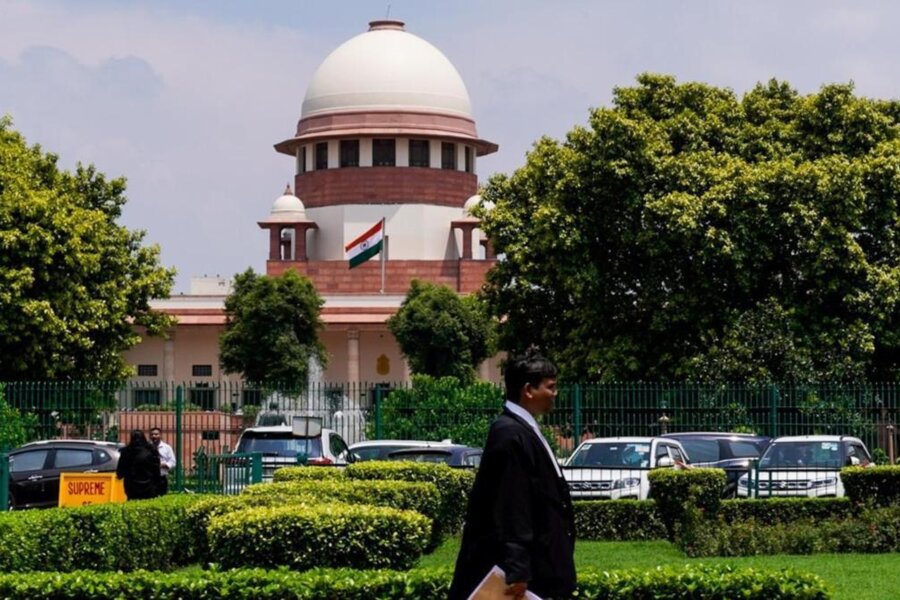Best Art & Cultural Property Law Lawyers in Vanderhoof
Share your needs with us, get contacted by law firms.
Free. Takes 2 min.
List of the best lawyers in Vanderhoof, Canada
We haven't listed any Art & Cultural Property Law lawyers in Vanderhoof, Canada yet...
But you can share your requirements with us, and we will help you find the right lawyer for your needs in Vanderhoof.
Find a Lawyer in VanderhoofAbout Art & Cultural Property Law in Vanderhoof, Canada
Art & Cultural Property Law in Vanderhoof, Canada revolves around the legal framework that governs the creation, ownership, protection, movement, and repatriation of art and culturally significant objects. This field covers diverse matters, including copyright for artists, provenance of artworks, export and import controls, and protection of Indigenous heritage and archaeological findings. In Vanderhoof-a community located in British Columbia-these laws are influenced by federal statutes, provincial regulations, and local ordinances, making it important to understand their interplay when dealing with art or cultural property.
Why You May Need a Lawyer
There are several situations where you might require legal guidance related to art and cultural property in Vanderhoof. Common reasons include:
- Buying, selling, or donating artworks, especially items of historical or Indigenous significance
- Provenance disputes involving artwork or cultural items
- Concerns regarding the copyright or reproduction rights of original works
- Importing or exporting art across provincial or national borders
- Receiving inquiries or claims for the repatriation of Indigenous or stolen cultural objects
- Dealing with issues around restoration or conservation of heritage items
- Inheritance involving valuable or significant collections
- Questions about insurance coverage for art or cultural property
- Allegations of art forgery or misattribution
- Conflicts relating to public display of sensitive or protected items
An experienced lawyer can help navigate complex regulations, protect your interests, and ensure compliance with all applicable laws.
Local Laws Overview
Several layers of legislation affect art and cultural property in Vanderhoof:
- Canadian Federal Laws: Laws such as the Copyright Act establish rights for artists and owners. The Cultural Property Export and Import Act regulates cross-border movement of significant items.
- British Columbia Provincial Laws: The Heritage Conservation Act provides protection for archaeological sites and heritage objects, with stringent regulations on discovery, alteration, and removal. The BC Museum Act also impacts how public collections are handled.
- Indigenous Regulations: Many sites and objects are protected by treaties, band agreements, and consultation requirements with local First Nations communities. Repatriation and stewardship are ongoing issues.
- Municipal Bylaws: While not usually directly related to art, local property, zoning, or exhibition requirements can come into play, especially for public installations.
It is important to identify which regulations apply to your situation, as violations can lead to fines, legal action, or loss of the property in question.
Frequently Asked Questions
What is considered "cultural property" in Canada?
Cultural property includes items of artistic, historical, scientific, or Indigenous significance. This encompasses artworks, archaeological finds, artifacts, archival documents, and sacred Indigenous objects.
Do I need a permit to export or import art?
Possibly. The Cultural Property Export and Import Act requires permits for the export of certain objects deemed to have national importance. Importing looted or illicitly acquired objects is strictly prohibited.
Who owns artifacts discovered on my land in Vanderhoof?
Artifacts of archaeological or heritage significance found in British Columbia generally belong to the province, regardless of land ownership. Reporting and permitting requirements apply.
How do Indigenous rights impact cultural property in Vanderhoof?
Indigenous communities have special legal standing concerning their heritage and cultural items. Laws and agreements can restrict acquisition or require the repatriation of items.
Can I sell artwork I inherit?
Yes, but if the item is protected by cultural property laws or has provenance concerns, you may need to resolve these matters or obtain clearance from relevant authorities before selling.
How can I determine if an artwork is authentic or was legally acquired?
Due diligence, including provenance research and consultation with legal and art experts, is recommended. Documentation and certificates should be thorough and reliable.
What should I do if I am accused of owning stolen or looted art?
Consult a lawyer immediately. They can help review the provenance, negotiate with claimants, and represent you in legal proceedings if necessary.
Are there restrictions on displaying certain cultural artifacts?
Yes. Some items, especially those of sacred or sensitive nature, are restricted from public display by law or by agreements with Indigenous communities.
How is copyright handled for local artists?
Copyright automatically belongs to the creator of an original artwork. Legal advice may help if you face infringement or wish to license your work.
What happens if I discover a potential archaeological site while developing my property?
You must halt work and report the find to the BC Archaeology Branch. Unauthorized disturbance can result in penalties.
Additional Resources
For further information and assistance, consider reaching out to the following organizations:
- Canadian Heritage Information Network (CHIN): Provides information on cultural property and heritage regulations.
- BC Archaeology Branch: The provincial authority for archaeological sites and heritage conservation.
- Canadian Cultural Property Export Review Board: Assesses export permits and designations.
- Indigenous Rights and Reconciliation Branch (BC): Advises on Indigenous cultural property issues.
- Law Society of British Columbia: For finding qualified legal professionals nearby.
- Local museums and heritage organizations: Such as the Vanderhoof Community Museum, which can offer guidance or referrals.
Next Steps
If you believe you require legal assistance regarding art or cultural property in Vanderhoof:
- Document important details about the artwork or property involved, including photographs, provenance records, and any correspondence.
- Identify the nature of your concern-whether it’s a transaction, dispute, inheritance, or regulatory matter.
- Contact a lawyer experienced in art and cultural property law. Use referrals or local directories to find someone with relevant expertise.
- Prepare questions in advance to make the most of your consultation.
- Follow your lawyer’s advice, especially regarding reporting requirements or communications with authorities.
Early legal advice can help prevent costly mistakes and ensure compliance with complex and evolving art and cultural property regulations in Vanderhoof.
Lawzana helps you find the best lawyers and law firms in Vanderhoof through a curated and pre-screened list of qualified legal professionals. Our platform offers rankings and detailed profiles of attorneys and law firms, allowing you to compare based on practice areas, including Art & Cultural Property Law, experience, and client feedback.
Each profile includes a description of the firm's areas of practice, client reviews, team members and partners, year of establishment, spoken languages, office locations, contact information, social media presence, and any published articles or resources. Most firms on our platform speak English and are experienced in both local and international legal matters.
Get a quote from top-rated law firms in Vanderhoof, Canada — quickly, securely, and without unnecessary hassle.
Disclaimer:
The information provided on this page is for general informational purposes only and does not constitute legal advice. While we strive to ensure the accuracy and relevance of the content, legal information may change over time, and interpretations of the law can vary. You should always consult with a qualified legal professional for advice specific to your situation.
We disclaim all liability for actions taken or not taken based on the content of this page. If you believe any information is incorrect or outdated, please contact us, and we will review and update it where appropriate.







